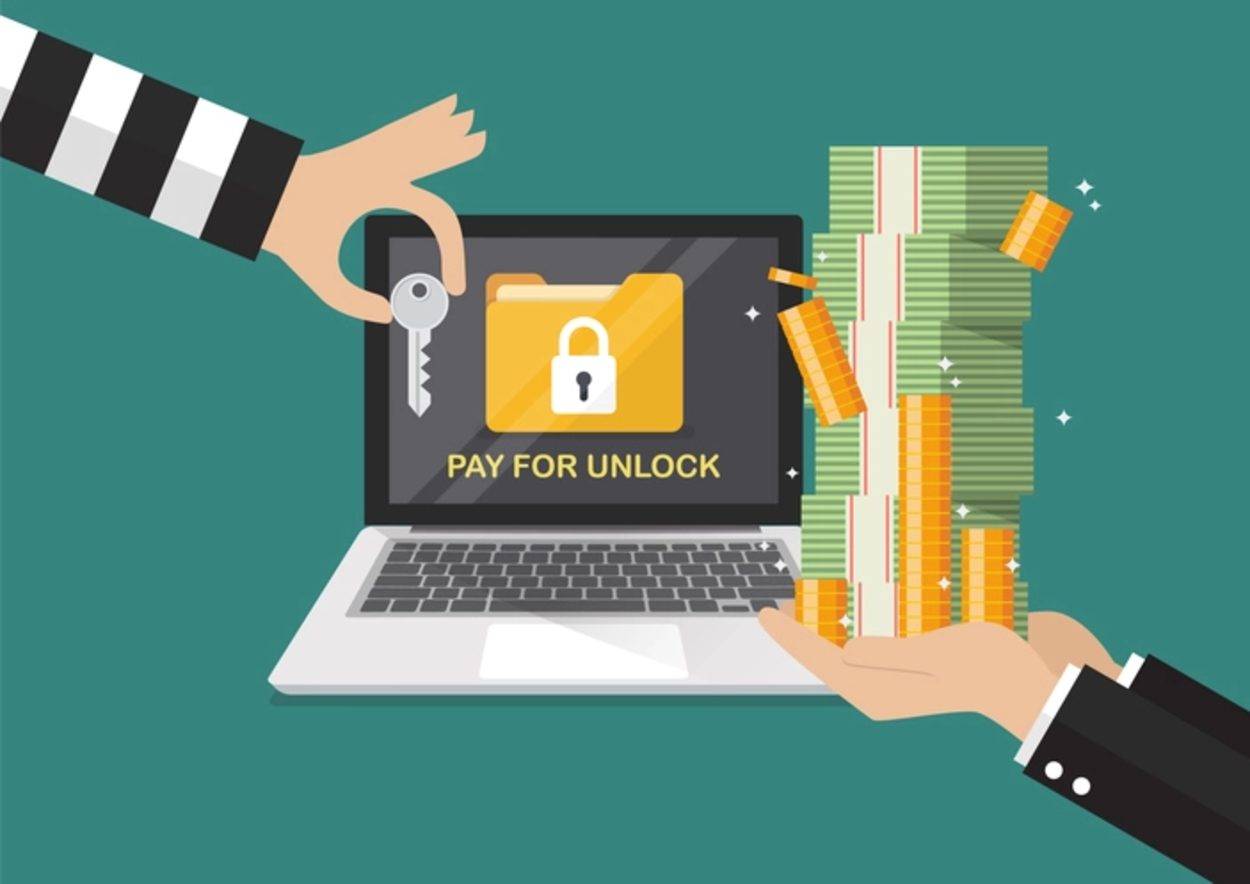Navigating the New Normal – Cybersecurity Best Practices for Remote Teams
In the wake of the COVID-19 pandemic, the rapid transition to remote work has become a defining characteristic of the modern workforce. While this shift offers undeniable advantages – flexibility and work-life balance – it also comes with its own challenges, particularly in the realm of cybersecurity. As companies increasingly adopt remote work as permanent feature, implementing robust cybersecurity practices has never been more crucial to safeguard corporate data and systems.
Recent studies, such as the one conducted by IBM, reveal that the average cost of a data breach has surged to $4.24 million, marking a 10% increase from the previous year. Remote workers, often operating on unsecured Wi-Fi networks and personal devices, find themselves at a higher risk of cyberattacks. As the remote work landscape continues to evolve, it is imperative for organizations to prioritize cybersecurity measures to protect their distributed workforce.
Enable Multi-Factor Authentication (MFA)
Multi-factor authentication (MFA) stands as a formidable barrier against unauthorized access, requiring employees to verify their identity through additional layers beyond a password. Whether through SMS codes, authenticator apps, or security keys, MFA has proven to block over 99% of attacks, according to Microsoft. Implementing MFA is a critical step towards fortifying the security perimeter and thwarting cybercriminals even if login credentials fall into the wrong hands.
Use a Virtual Private Networks (VPNs)
The use of Virtual Private Network (VPN) encrypts internet traffic and conceals employees’ locations, establishing a secure tunnel for remote workers to connect to company servers and internal applications. By preventing unauthorized access and snooping on sensitive corporate data transmitted over the internet, VPNs serve as a vital component of a comprehensive cybersecurity strategy. For enhanced protection, combining VPNs with MFA further fortifies the remote access infrastructure.
Install Endpoint Security Software
The use of personal and potentially unsecured devices by remote employees necessitates robust endpoint security. Software applications such as antivirus, anti-malware, firewalls, and intrusion, prevention play a pivotal role in securing devices, preventing threats like phishing attacks and ransomware. Endpoint security measures also extend to compliance checks, ensuring that devices adhere to established security policies before gaining network access.
Enable Drive Encryption
Fore devices housing sensitive company information, enabling full-disk encryption becomes imperative. This protective measure ensures that if laptops or smartphones are lost or stolen, the data stored within remains inaccessible. Drive encryption transforms data on hard drives into unreadable cipher text, rendering it meaningless without the corresponding encryption key.
Regularly Update Devices and Software
Outdated software serves as a breeding ground for cybercriminals seeking backdoor access points. Timely installations of the latest security patches and software updates denies attackers the opportunity to exploit vulnerabilities. Automation of update installations further ensures that devices connected to corporate networks consistently operate on the most secure versions of operating systems, applications, browsers, and other software components.
Train Employees on Security Protocols
With remote employees operating beyond the traditional IT purview, they become the first line of defense against cyber threats. Establishing and disseminating security protocols, including the use of strong passwords, safe web browsing practices, and the ability to recognize phishing attempts is crucial. Regular training sessions empower employees to navigate the cybersecurity landscape effectively. Additionally, IT teams should develop incident response plans and communication channels to streamline the reporting and resolution of security incidents.
As remote work cements its place in the future of work, a renewed focus on cybersecurity is not just advisable – it’s imperative. Organizations must invest in a robust cybersecurity framework, combining technology, education, and proactive measures to secure their assets and shield distributed workforces from evolving cyber threats. With these cybersecurity foundations in place, companies can confidently embrace remote work, leveraging it to enhance productivity, recruitment efforts, and employee satisfaction.






